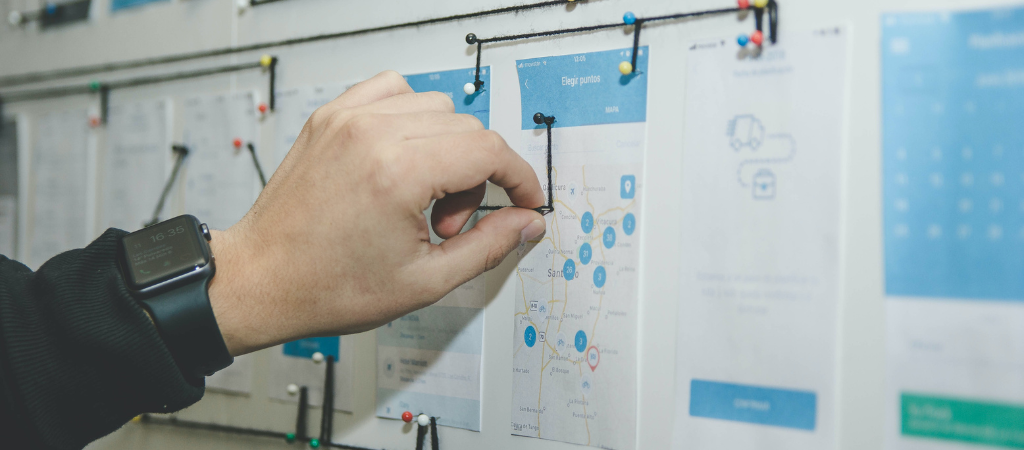UX Design, or User Experience Design, is the art of shaping interactions between a user and a product or a service. The goal is to make these experiences fluid, intuitive and memorable.
In this context, the UX Designer has long been the meticulous architect of these experiences, sculpting each interaction to captivate and satisfy the user. However, the advent of agility has caused an evolution in the traditional role of the UX Designer. Agility, a set of principles that promote flexibility and collaboration, has reshaped the way teams approach product development. The result ? The UX Designer gradually becomes a UX Facilitator, integrating the agile methodology while preserving the artistic essence of the design.
What are the reasons for this development and how did it manifest itself in practice?
Why?
This transformation is mainly driven by agility needs. With increasingly rapid development cycles, it becomes essential to have dynamic design processes, frequent iterations, and constant involvement of all stakeholders. This is where the role of the UX Facilitator becomes crucial, leading the team through collaborative work sessions and ensuring clear and open communication.
The definition of UX does not lose its importance in this evolution. UX Design remains the discipline that aims to create exceptional user experiences, but it is now enriched by facilitating dimension. The role of the UX Facilitator goes beyond the simple creation of interfaces; he becomes the orchestrator of the creative process, ensuring that each interaction serves to optimally enrich the user experience.
How?
In this new paradigm, theDesign Sprint workshop turns out to be a remarkable tool. Popularized by Google Ventures, the Design Sprint is an accelerated working method that condenses the design and prototyping phases into a single intensive week. The role of the UX Facilitator is to lead this workshop, boosting the team's creativity to quickly convert ideas into tangible prototypes.
The integration of the Design Sprint into the functions of the UX Facilitator creates a effective synergy. This workshop transforms into a dynamic space where creativity abounds, iterations accelerate, and decisions are made with agility. The UX Facilitator manages the process at each stage, from the emergence of ideas to the validation of prototypes, guaranteeing harmonious evolution and sustained attention to the needs of the end user.
Conclusion
Thus, the transformation of the UX Designer into a UX Facilitator represents a natural and necessary evolution in theera of agility. The artistic essence of design persists, but it integrates seamlessly with agile methods, creating a new paradigm where creativity and responsiveness coexist. With the Design Sprint workshop as a catalyst, the UX Facilitator leads the creative process in a way that reconciling design aesthetics with changing market demands. It is an elegant fusion of art and method, offering an adaptive response to contemporary challenges in user-centered design.
>> Learn more about the Design Sprint
>> Discover our Design Sprint training (Next dates: February 1 & 2, 2024 in Paris)
Pierre Guillard-Wilks, UX Designer at UX-Republic


